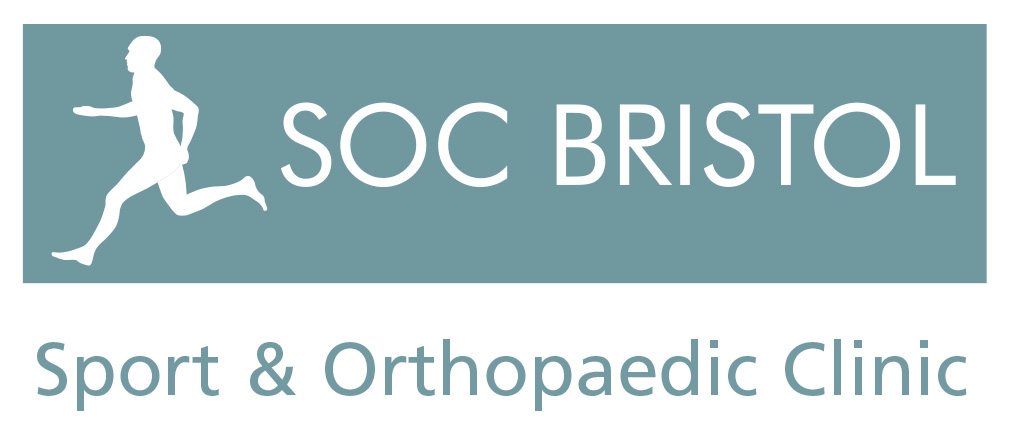Arthroscopic Capsular Release.
Frozen Shoulder, Adhesive Capsulitis or Intrinsic Capsular Stiffness:
This is a condition in which the shoulder may become increasingly stiff and painful. The capsule, or lining of the shoulder joint, is normally relatively loose, allowing the shoulder to have the greatest range of movement of any joint in the body. When a Frozen shoulder or Intrinsic Capsular Stiffness (ICS) develops the lining of the joint contracts and becomes thickened. As a consequence, both the active and passive range of movement is reduced, that is shoulder movement is restricted when either the patient or examiner attempt to move the shoulder.
Indication:
Pain and functional impairment as a consequence of a frozen shoulder or ICS that has not responded to non-operative treatment.
Anaesthetic:
The surgery is typically undertaken with the patient asleep with a nerve block to provide additional pain relief and allow early pain free movement immediately following the surgery.
Structures involved:
It is the capsule or lining of the joint that is thickened and contracted resulting in the restriction of movement. The capsule is typically red with leashes of prominent new blood vessels visible when viewed with the arthroscope from inside the Gleno-Humeral Joint.
Procedure:
The surgery is undertaken as an arthroscopic or keyhole operation. The Gleno-Humeral Joint is inspected to confirm the diagnosis and identify any additional pathology. The interval between the Subscapularis and Supraspinatus Tendons is typically thickened and contracted. This is cleared with an arthroscopic tissue shaver. The lining of the joint is then divided to release the joint. The release does not have to be completely circumferential and it is normal practice to avoid the lower portion of the joint where the Axillary Nerve lies close to the capsule and could be damaged. Once a satisfactory release has been obtained the arm is then Manipulated where it is put though a range of movement to stretch out any residual stiffness. By the end of the procedure the range of movement should be the same as normal. An injection of Steroid and Local Anaesthetic is then typically placed in the joint under direct vision.
Incision:
The procedure is usually carried out through 2 or 3 small (5mm) incisions. These incisions do not normally require sutures or stitches. Steri-StripsTM are normally used to close the wounds and these are covered by an OpsiteTM dressing. These dressings may in turn be covered by a large padded dressing immediately following the operation. This padded dressing is removed prior to being discharged home.
Admission and Discharge:
You will normally be admitted the day of surgery and go home the same day. It may be necessary for you to stay in overnight particularly if you do not have a responsible adult to keep an eye on you overnight or if your operation is late on in the day.
Rehabilitation:
The arm will usually be numb after the operation because of the nerve block. As a consequence range of movement exercises can be commenced soon after the operation typically without discomfort. The physiotherapist will typically go through the rehabilitation exercises before and after the procedure. A PolyslingTM may be provided to protect the arm while it remains numb but should be discarded as soon as possible. Follow up with the physiotherapists is typically made soon after discharge. It will be necessary to be diligent and continue with the rehabilitation to optimise the outcome of the surgery.
Please see the link to post capsular release rehabilitation guidelines.
Risks associated with the operation:
All operations are associated with a degree of risk but significant complications associated with an arthroscopic capsular release are uncommon. The following risks are those that are serious or most commonly reported in the literature.
Infection (<1%):
Infection in shoulder surgery is very uncommon, particularly in keyhole (arthroscopic) surgery. Antibiotics are often given pre-operatively to reduce the risk of an infection further. If an infection were to develop it is typically a superficial infection, which can be treated with oral antibiotics. Rarely does an infection develop that requires re-admission to hospital and surgery to wash the infection out.
Anaesthetic Risks:
Anaestheic complications are rare but include Heart Attack (Myocardial Infarction, MI), Stroke (Cerbero-Vascular Accident, CVA) and a clot in the leg (Deep Vein Thrombosis, DVT) or lungs (Pulmonary Embolus, PE).
Neuro-Vascular Damage (<1%):
Damage to nerves or blood vessels is rare. Damage to the axillary nerve may occur as it passes close to the joint. Damage to this nerve may result in weakness and difficulty bringing the arm out to the side (abduction).
Stiffness (1-10%):
At the end of the procedure the range of movement in the Gleno-Humeral Joint should be restored. However, some recurrence of the stiffness may occur. Rarely the recurrence of stiffness is such that a repeat procedure is indicated. It is rare for there to be long term persistent stiffness.
Change in symptoms:
Continued pain (5%) The probability of symptom improvement is high it remains possible but rare that symptoms may remain unchanged or deteriorate.
Fracture (<1%)
This is a rare but recognised complication. In order to stretch out the capsular contraction considerable force may be necessary. The arthroscopic capsular release should result in a more controlled and less forceful release reducing the risk of fracture further.
Arthritis:
It is unlikely that the surgery itself would predispose the shoulder to arthritis. The presence of shoulder pathology generally may increase the probability of later arthritis.
Further surgery (Re-operation)

